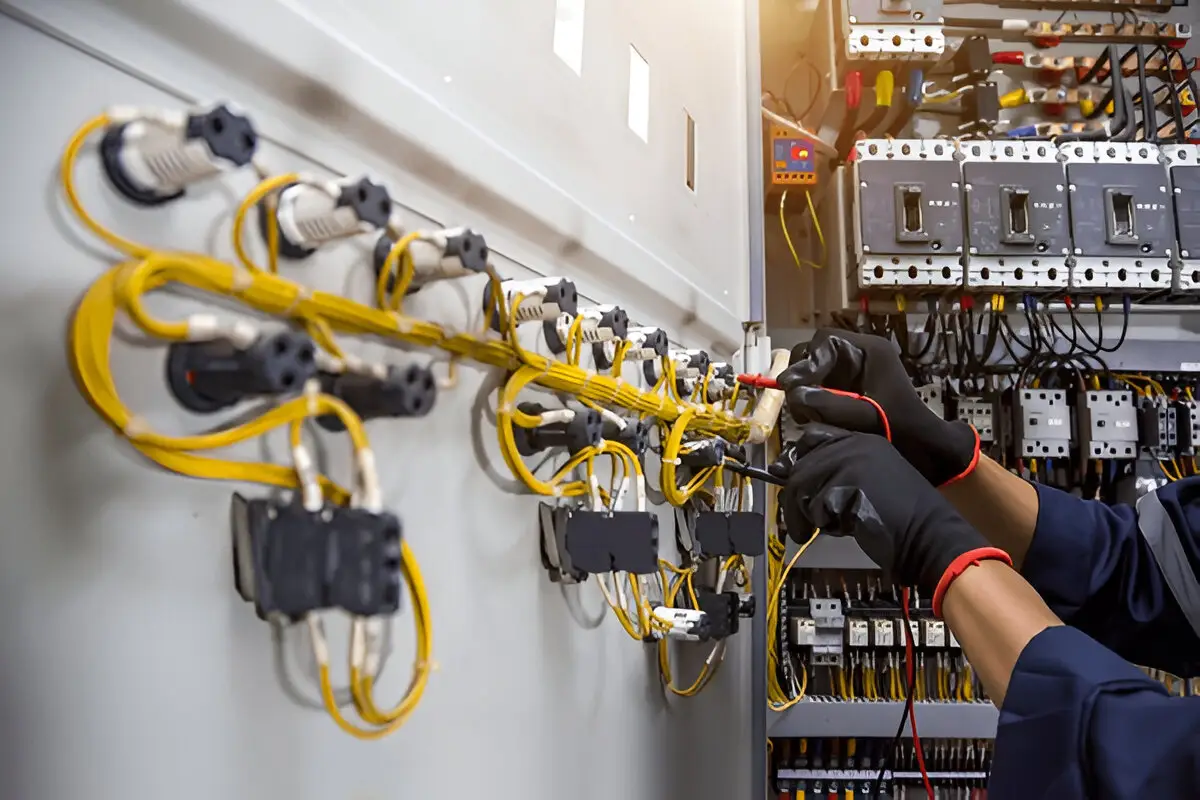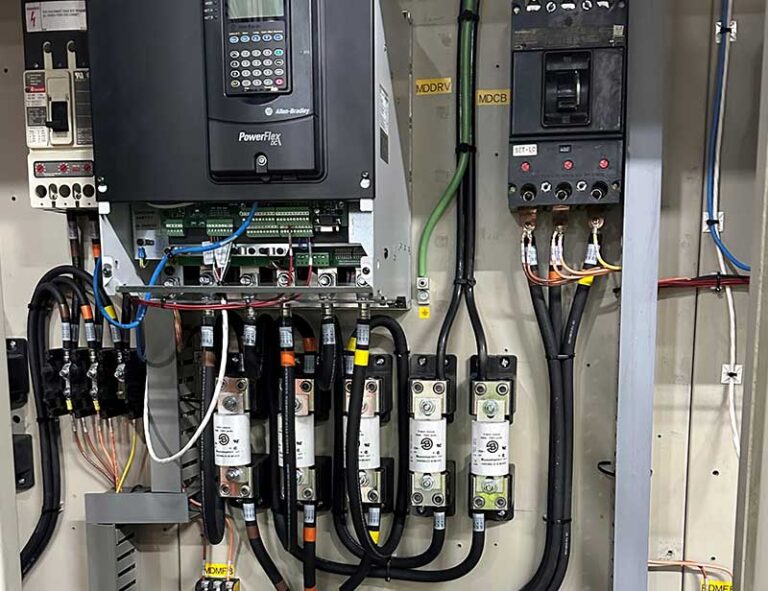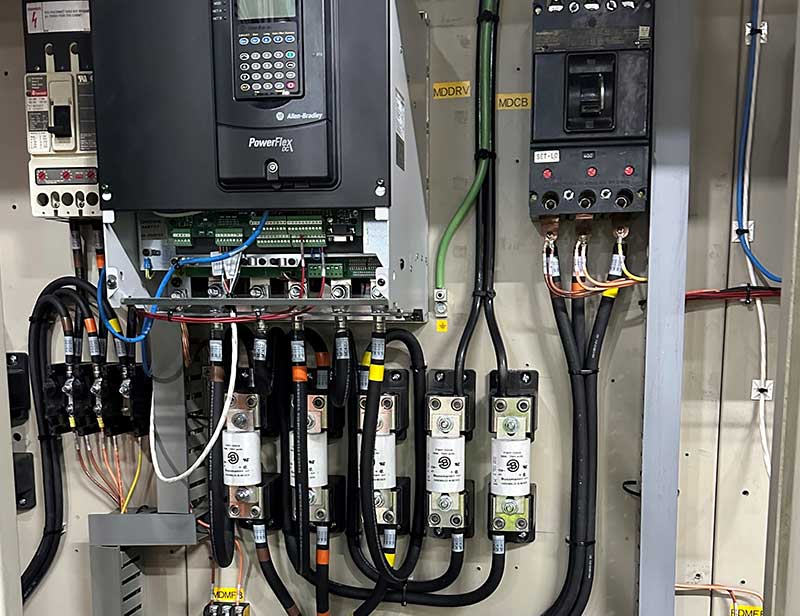Design-build electrical services are revolutionizing the construction industry in the United States, known for streamlining processes, reducing costs, and improving project outcomes. By integrating design and construction phases under a single contract, design-build services enhance collaboration, increase efficiency, and minimize risks. This article delves into how these services can help save time and money, supported by credible sources, data analysis, and insights from industry experts.
What Makes Design-Build Different from Traditional Methods?
The design-build approach consolidates architecture, engineering, and construction roles within a single entity, contrasting with traditional methods where these roles are separated. According to the Design-Build Institute of America, this method can result in projects being completed 33% faster and 6% less expensively compared to traditional approaches. The unified approach streamlines communication, encourages innovation, and optimizes resource allocation.
How Does Design-Build Improve Project Efficiency?
Efficiency is a crucial factor for construction projects, impacting timelines and budgets. According to a report by Construction Dive, projects managed through design-build consume fewer hours and demonstrate enhanced scheduling reliability due to integrated planning and execution phases. Teams work concurrently rather than sequentially, allowing for increased agility in addressing design changes or unexpected challenges, further boosting efficiency.
What are the Time and Cost Savings in Design-Build Electrical Projects?
| Project Aspect | Design-Build Time Savings | Design-Build Cost Savings |
| Design Phase | 35% faster | 10% cost reduction |
| Construction Phase | 25% faster | 6% cost reduction |
As observed in the table above, design-build projects save on both time and money across multiple phases. The Construction Management Association of America projects that nearly 50% of the industry’s projects will use design-build methods in coming years, attesting to its cost and time benefits by showing how these projects outperform traditionally managed ones in terms of speed and economy.
How Does Risk Management Improve in Design-Build Services?
Risk management is crucial for any construction project, impacting timelines and budgets. The integrated approach of design-build assigns risks to parties most equipped to manage them, providing a comprehensive risk mitigation strategy. Research conducted by Associated General Contractors of America highlights that design-build projects experience 60% fewer change orders and disputes, enhancing delivery timelines and financial predictions.
What are the Key Market Trends in Design-Build Electrical Services?
A surge in infrastructure development and focus on sustainable construction practices fuels market expansion. According to a FMI Corporation survey, design-build construction will represent over $400 billion of construction spending by 2025. The trend reflects the approach’s increasing acceptance and efficiency in delivering high-quality results, explaining its growing adoption in public and private projects.
Are There Challenges to Overcome in Design-Build Implementation?
Despite its advantages, design-build faces challenges such as the potential for fewer checks and balances, the requirement for strong leadership to coordinate diverse teams effectively, and issues when stakeholders lack design-build experience. Experts like those at Engineering News-Record highlight these dynamics, noting the importance of thorough vetting and selecting an experienced design-build firm as crucial for project success.
How Does Design-Build Foster Innovation in Electrical Services?
The collaborative nature of design-build services fosters innovation by combining diverse insights and experiences early in the project lifecycle. This cross-disciplinary engagement enables teams to challenge traditional methods and explore new technologies in areas such as energy efficiency and sustainable materials. According to research from National Institute of Standards and Technology, innovation spurred by design-build has led to a 20% increase in energy-efficient system installations in recent projects.
What are Future Prospects for Design-Build in the Electrical Industry?
The future of design-build in the electrical services sector is promising with continuous advancements in technology and innovative construction practices. Projects are expected to become more energy-efficient and eco-friendly due to growing demand for sustainable solutions. Industry leaders, such as those from Alliance to Save Energy, foresee design-build playing a crucial role in meeting this demand, predicting a substantial increase in zero-energy building projects over the next decade.
How Do Government Policies Influence Design-Build Practices?
Government policies promoting infrastructure improvement and sustainable building practices significantly influence the design-build sector. Federal and state incentives to embrace green technologies, as outlined in reports by US Department of Energy, encourage stakeholders to adopt design-build for energy-efficient projects. By aligning policies with these practices, there are opportunities to drive architectural excellence and energy savings effectively.
How Can Companies Optimize Design-Build Projects for Better Outcomes?
Optimization involves clear communication, robust planning, and leveraging technology effectively. Implementing Building Information Modeling (BIM) and other collaborative tools can enhance project visibility and decision-making processes. According to findings from Autodesk, projects that use such technologies have reported up to a 40% reduction in errors and a 30% improvement in project timelines, reinforcing the benefits when combined with design-build’s integrative framework.
What are Key Takeaways for Design-Build Electrical Services?
Design-build electrical services present a valuable proposition for saving time and money in construction. This approach fosters collaboration, efficiency, innovation, and improved risk management. As the construction industry evolves, the adoption of design-build methods is set to increase, driven by market demand, technological advancement, and supportive policy landscapes. Embracing design-build positions companies to better address future challenges and opportunities, enhancing project outcomes and sustainability.
Frequently Asked Questions
What is the primary advantage of using design-build over traditional contracting methods?
The primary advantage of using design-build over traditional contracting methods is its ability to integrate the design and construction phases under one contract with a single point of responsibility. This integration leads to better communication and collaboration among all project stakeholders. In traditional methods, potential conflicts arise from separate contracts for design and construction, causing delays and increased costs. Design-build mitigates these issues by aligning goals and streamlining processes. This methodology often results in faster project delivery and cost savings, reducing the overall chance of disputes or conflicts that might arise in more fragmented contract structures.
How does design-build impact project timelines compared to traditional methods?
Design-build impacts project timelines significantly by accelerating project schedules through concurrent design and construction phases. Unlike traditional methods where design completion precedes construction commencement, design-build allows both stages to overlap. This overlapping minimizes downtime and enhances schedule flexibility, enabling quicker adjustments to unforeseen challenges. Reports suggest that design-build can deliver projects up to 33% faster compared to traditional methods, facilitating projects’ timely completion without compromising quality standards.
Are there any limitations or challenges associated with design-build services?
While design-build services offer numerous advantages, there are limitations and challenges to consider. It requires selecting a highly capable design-builder with robust experience to manage complex projects successfully. Smaller firms or projects might face challenges related to reduced competitive bidding, impacting initial pricing. Additionally, without adequate oversight, there’s a potential for reduced owner control over design changes. Stakeholders must ensure that all parties involved have clearly defined roles and responsibilities, and that project needs are thoroughly understood and communicated to avoid pitfalls.
How do design-build services fit within current U.S. construction regulations?
Design-build services fit into current U.S. construction regulations as an increasingly accepted project delivery method, supported by federal and state policies advocating for efficient infrastructure development. Laws such as the 2002 Federal Acquisition Reform Act prize design-build for its efficiency, making it compliant with legal standards for government projects. The method’s alignment with sustainable building practices also positions it favorably within modern regulatory frameworks that promote energy efficiency and eco-friendly construction, offering opportunities for stakeholders to leverage public incentives associated with green building initiatives.









